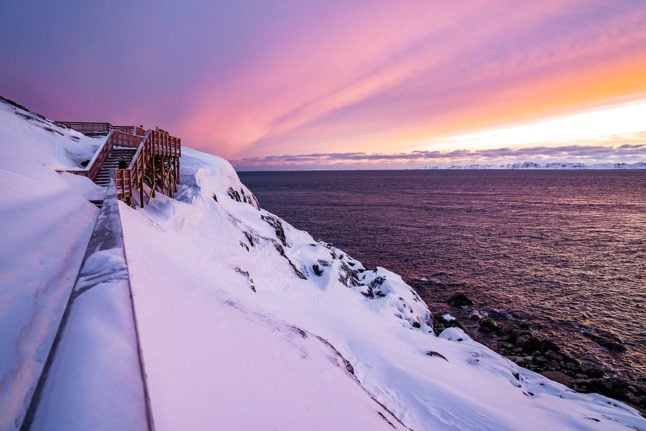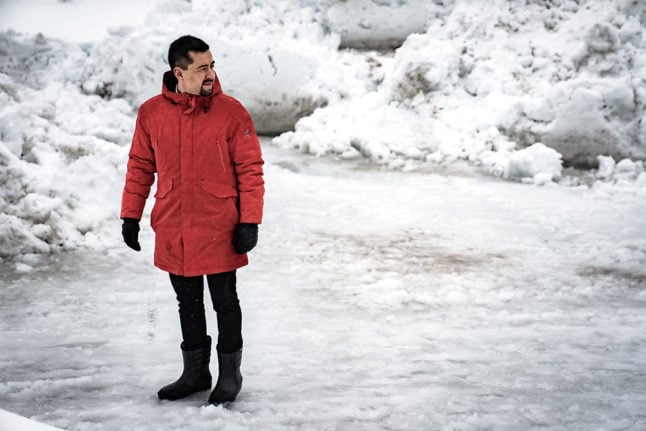Researchers on board the vessel Sanna were to conduct preliminary exploration surveys for eight days at the end of September aimed at gathering information about the Arctic seabed, according to an environmental risk assessment report from the Greenlandic government ahead of the mission.
The sonar inspections were to take place off Greenland’s western coast, in a zone measuring 800 kilometres (500 miles), the report said.
“GEUS did a survey for De Beers in September,” a GEUS spokeswoman confirmed to AFP, disclosing no other details.
The results were not immediately known.
Western Greenland is already known to have onshore diamonds, but De Beers is attempting to find out whether the precious gems may have been carried out to sea during geological movements.
The company, based in London and owned by mining group Anglo American, obtained an onshore exploration permit in July 2019 in western Greenland, followed by an offshore extension in October 2020.
De Beers is already mining marine diamonds off the coast of Namibia, which is home to the richest known marine diamond deposits in the world, estimated by the company at 80 million carats.
Greenland’s natural riches have drawn global attention, though few mining projects have actually come to fruition.
The vast island — measuring two million square kilometres — is currently home to two mines: one for anorthosite, whose deposits contain titanium, and one for rubies and pink sapphires.
While Greenland’s local government which took power in April is not opposed to all mining activities, it has opposed a proposed uranium mine in southern Greenland.
In July, it also banned all oil exploration amid concerns for the climate and the environment. It is however aiming to diversify its economy beyond fishing and subsidies from Denmark.
An autonomous Danish territory, Greenland’s ice sheet is shrinking as the Arctic warms three times faster than the rest of the planet.
READ ALSO: Heatwave causes massive melt of Greenland ice sheet



 Please whitelist us to continue reading.
Please whitelist us to continue reading.
Member comments